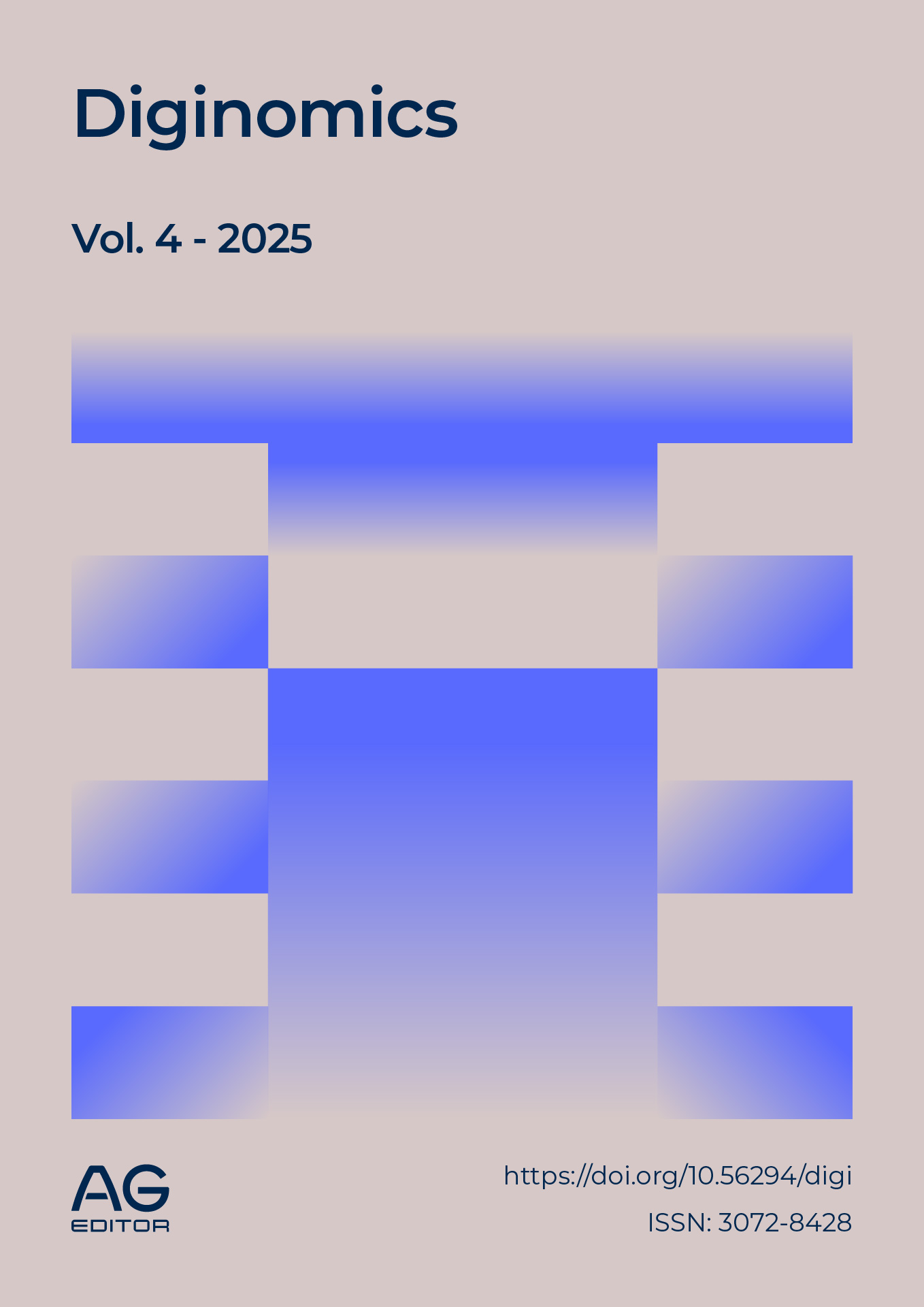Brainketing. The Future of Marketing: Integrating Neuroscience and Consumer Strategies
DOI:
https://doi.org/10.56294/digi2025300Keywords:
Brainketing, Neuroscience, Consumer Behavior, Ethics and Cultural AdaptationAbstract
Brainketing, which integrates neuroscience and consumer strategies, represents a significant evolution in modern marketing. This approach focuses on understanding consumer emotions and decisions through continuous behavioral research, the implementation of A/B testing, and constant updating on advances in neuroscience and technology. Ethics are central to the practice of Brainketing, as the manipulation of emotions poses dilemmas that must be addressed responsibly. Furthermore, cultural adaptation is crucial to resonate with diverse audiences. Despite the challenges, Brainketing offers transformative potential for companies, allowing them to communicate more effectively with consumers in a complex and competitive market environment. The preparation of the document is based on a comprehensive review of the existing literature on Brainketing, analysis of case studies, and the integration of neuroscience and marketing theories.
References
Ariely, D., & Norton, M. I. (2009). "Conceptualizing the Consumer Decision-Making Process: A Behavioral Economics Perspective". *Journal of Consumer Research*, 36(4), 1-10.
Chen, M., Mao, S., & Liu, Y. (2012). "Big Data: A New Frontier for Innovation and Research". IEEE Access, 1, 1-1.
Damasio, A. R. (1994). *Descartes' Error: Emotion, Reason, and the Human Brain*. G.P. Putnam's Sons.
Edelman. (2020). 2020 Trust Barometer.
Fennis, B. M., & Stroebe, W. (2016). *The Psychology of Advertising*. Psychology Press.
Gobé, M. (2001). *Emotional Branding: How Successful Brands Gain the Irrational Edge*. New York: Allworth Press.
Goleman, D. (2013). Focus: The Hidden Driver of Excellence. HarperCollins.
Morin, C. (2011). "Neuromarketing: The New Science of Consumer Behavior". *Harvard Business Review*, 89(6), 1-7.
Morin, C., & Renvoise, P. (2006). *Neuromarketing: Understanding the Buy Buttons in Customers' Brains*. Thomas Nelson Inc.
Krishna, A. (2012). "An Integrative Review of Sensory Marketing: Engaging the Senses to Affect Perception, Judgment, and Behavior". *Journal of Consumer Psychology*, 22(3), 332-351.
Labrecque, L. I., & Milne, G. R. (2013). "To be or not to be different: Exploration of norms and benefits of brand differentiation." Journal of Brand Management, 20(1), 1-12.
Lindstrom, M. (2008). *Buyology: Truth and Lies About Why We Buy*. Crown Business.
Lindstrom, M. (2008). *Buyology: Truth and Lies About Why We Buy*. Crown Business.
Lemon, K. N., & Verhoef, P. C. (2016). "Understanding Customer Experience Throughout the Customer Journey". *Journal of Marketing*, 80(6), 69-96.
Lee, N., Broderick, A. J., & Chamberlain, L. (2007). "What is Neuromarketing? A Discussion and Agenda for Future Research". *International Journal of Market Research*, 49(2), 131-153.
Oliver, R. L. (1999). "Whence Customer Loyalty?". *Journal of Marketing*, 63, 33-44.
Poushneh, A., & Vasquez-Parraga, A. Z. (2017). "Augmented Reality: A New Way of Enhancing the Retail Experience". Journal of Retailing and Consumer Services, 34, 229-234.
Plassmann, H., Ramsøy, T. Z., & Milica, M. (2007). "Branding the Brain: A Critical Review of Neuroimaging Studies of Brand Equity". *Journal of Consumer Psychology*, 17(4), 215-229.
Regalado, O., Allpacca, R., Baca, L., & Gerónimo, M. (2011). Endomárketing: Estrategias de Relación con el Cliente Interno. Lima, Peru: Universidad ESAN
Renvoise, P., & Morin, C. (2007). *Neuromarketing: Understanding the Buy Buttons in Customers' Brains*. Per Capita Publishing.
Solomon, M. R. (2017). Consumer Behavior: Buying, Having, and Being. Pearson.
Thomson, M., MacInnis, D. J., & Park, C. W. (2005). "The Ties That Bind: Measuring the Strength of Consumers' Emotional Attachments to Brands". *Journal of Consumer Psychology*, 15(1), 77-91.
Venkatraman, V., Clithero, J. A., & Raghunathan, R. (2008). "Neuroscience in Marketing: A Review of the Literature". *Journal of Consumer Research*, 35(4), 569-582.
Kohavi, R., Tang, D., & Xu, Y. (2009). "Trustworthy Online Controlled Experiments: A Practical Guide to A/B Testing". Proceedings of the 15th ACM SIGKDD International Conference on Knowledge Discovery and Data Mining, 1-10.
Kotler, P., Kartajaya, H., & Setiawan, I. (2021). Marketing 5.0 Tecnologia para la Humanidad. New Jersey, Estados Unidos: John Wiley & Sons, Inc.
Kotler, P., Kartajaya, H., & Setiawan, I. (2024). Marketing 6.0 Futuro Inmersivo. New Jersey, Estados Unidos: John Wiley & Sons, Inc.
Kumar, V., Dixit, A., & Kumar, U. (2016). "Artificial Intelligence in Marketing: A Review". Journal of Business Research, 69(11), 4870-4875.
Zaltman, G. (2003). How Customers Think: Essential Insights into the Mind of the Market. Harvard Business Review Press.
Published
Issue
Section
License
Copyright (c) 2025 Duber Reinaldo Sánchez Carrera (Author)

This work is licensed under a Creative Commons Attribution 4.0 International License.
The article is distributed under the Creative Commons Attribution 4.0 License. Unless otherwise stated, associated published material is distributed under the same licence.





